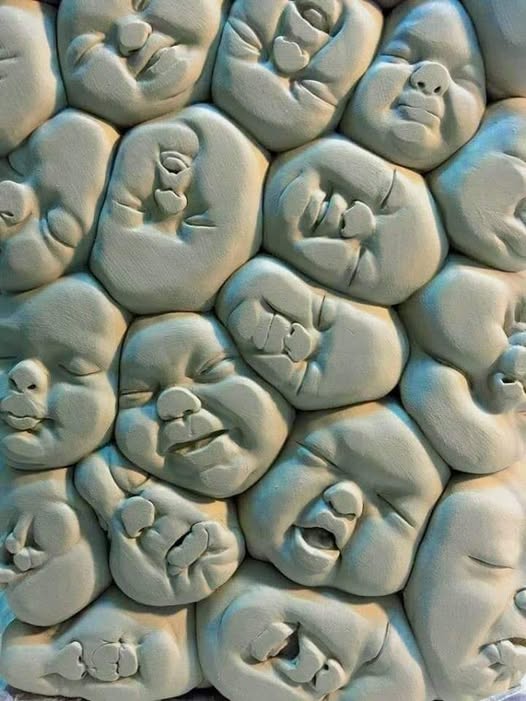A WhatsApp Share: The Ottoman Empire’s soldiers were given meat loaves and spices by their wives before they step out to fight battles. These soldiers would cut them into very small pieces, put spices on them, tie them and rat them during the war—this is how Kabab came into existence.
The word kabab (aka kebab, kabob) is said to originate from the Arabic language, but the Persians, Turks and central Asians also lay claim to it. It literally means to fry, burn or cook on a skewer through grilling or open fire cooking.
Food Stories
Ibn e Batuta has written that the Delhi Sultanate brought Kabab to India. We all should thank Qutub Al Din Aibak for delicious Kababs!
It’s a folklore that when the Nawab of Lucknow failed to chew traditional Kabab because of old age, his ‘Khansaama’ minced the meat very fine, and added papaya in it so that it get soft and melt easily. Now we know those Kabab’s as the Galavti Kabab.
The Landlord in Kakori invited some British officers for a gala dinner and had many Awadhi cuisines but somehow they all failed to impress the British officers. The Landlord then called his ‘Raqabdaar’ to come up with some unique Kabab. The cook tried various spices with Kabab which gave it a distinct aroma and softness along with enhanced taste. The test of its authenticity is that if the Kakori Kababs are served in a restaurant, its aroma should reach every table.
Syrian cook in India came up with the Shami Kabab in a Nawab’s kitchen. In the Urdu speaking days in India, Syria was also Shaam, and hence those Kababs were known as Shami Kabab.
despardes.com adds: As for the Bihari Kabab, an article in Dawn reports that, “It is believed Turkish and Persian soldiers enjoyed grilling fresh meat on fire, while it hung wrapped around their swords. The meat chunks were cooked in animal fat and once ready, consumed immediately. The soldiers hunted for survival, while journeying land to land for conquests. The kabab is also mentioned in the Turkish language script of Qissa-e-Yousuf published in 1377.”
“While Kababs were said to be a prominent part of the Moghul menu, the variation of the modern day Bihari Kabab is a purely Bihari and Bengali take on the meat…the uniqueness of the Bihari kabab is in its texture, marinade and spice content.” More on the Bihari Kabab here >>
Bihari Kabab Video


Awesome. Brief but very precise history. Thank you so much.